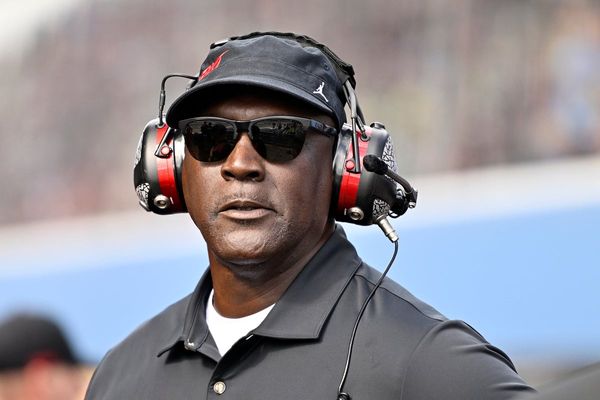
Efforts are underway to remove the wreckage from the Baltimore bridge collapse, marking the initial phase of a complex cleanup operation. The removal of the debris aims to create a temporary channel to facilitate vessel movement around the collapse site, aiding in the search for missing victims and reopening a crucial port for local and national economies.
The US Coast Guard has reported that the top part of a northern section of the bridge has been successfully removed, with crews now focusing on cutting and dismantling pieces of the bridge trusses. The cargo vessel involved in the incident, weighing 213 million pounds, remains trapped beneath the Key Bridge, posing significant challenges to the cleanup process.
Authorities are working with a 1,000-ton capacity lift crane on-site, with an additional 600-ton crane en route to assist in the removal of the dismantled bridge components. The operation involves meticulous planning and execution to ensure the safety of responders and the vessel beneath the wreckage.
Engineering analysis and surveys are being conducted to address the 3,000 to 4,000 tons of mangled wreckage extending 50 feet deep into the channel. The intricate process of lifting and removing the steel and concrete debris will be carried out systematically, with divers on standby for rapid response in case of any discoveries.
The reopening of a temporary restricted channel for vessel traffic is seen as a critical step towards restoring access to the port of Baltimore. The economic impact of the bridge collapse has been substantial, affecting thousands of dock workers and disrupting the flow of goods through the port.
Rebuilding the bridge is expected to be a lengthy process, with funding currently sourced from emergency relief funds. Small businesses impacted by the incident can apply for financial assistance, while efforts continue to clear debris from the channel and bridge to facilitate the reopening of the port.
The salvage operations are being conducted with a focus on safety and efficiency, with ongoing assessments and adjustments to ensure the successful removal of the wreckage. The crew of the cargo ship involved in the collision remains on board, supported by the Coast Guard as they navigate through this challenging situation.







